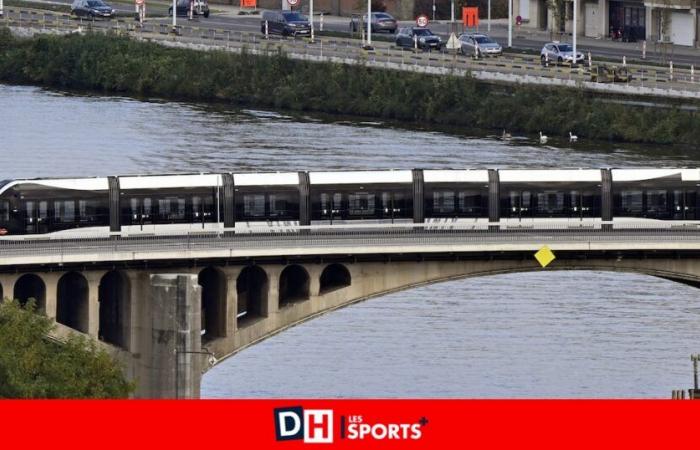However, the question that arises today is: why these new delays when the work seems well and truly finished and the tests have actually started on the entire line several weeks ago? By way of a press release, Tram’Ardent laconically specifies that “the tests continue and [que] the dry run will be carried out at the end of these. The dry run is an essential phase, during which the tram will be tested in real conditions but without passengers. This step guarantees safe operation from the moment it opens to the public.”. At the same time, training of drivers and staff continues…
The real reasons must be sought from Tec Liège-Verviers which will be in charge of operating the line. For several weeks in fact, we have no longer doubted this delay here… And for good reason: “Although the tram tests could have started on October 31, 2024, the TEC has noted for several months certain delays in the infrastructure work.explains Daniel Wathelet, Tram communications manager for Tec. “Despite optimization measures, Tram’Ardent was unable to resolve these delays and therefore respect its commitments concerning the dates for the launch of the dry run and the commissioning of the tram.”. This new work is therefore linked to the “numerous” comments addressed to the manufacturer, “on specific elements”further specifies the manager. We are talking here about problems on the rail but also at the level of the lighting system for crossing intersections or even problems on the overhead contact lines (LAC).
Another clarification: this umpteenth delay will cost Tram’Ardent dearly
6,6 millions
As the Tec communications unit indicated again this Thursday, “the new dates communicated by Tram’Ardent now allow the TEC to begin contractual discussions associated with this delay and aimed in particular at securing the date of entry into service of the tram..
As we know, the delay recorded by Tram’Ardent has a direct impact on the consortium’s finances; because it is only when the tram is actually put into service that the fee will be granted, at the rate of 32 million euros per year. A simple calculation therefore allows us to estimate that this 2.5 month postponement represents a net loss of 6.6 million euros. And this, without taking into account the cost linked to the “adjustments” required on the line and the cost linked to the staff at work…
“A lot of waste of public money”
Unsurprisingly, this announcement once again outraged Liège and, already this Thursday, voices were raised in political ranks. Diana Nikolic, MR deputy who spoke in the Walloon Parliament this Wednesday (like the socialist Christie Morreale and the Ecologist Véronica Cremasco), wonders: “why did you wait so long to confirm the information? Yesterday [NDLR : ce mercredi]we had a debate in the Walloon Parliament, either the minister knew and said nothing, or the minister really did not have the information but the TEC knew and said nothing to him”.
For her part, the head of the PTB group in Liège Sophie Lecron did not fail to question, once again, the principle of the public-private partnership (PPP) on which the Liège tram file is based: “The tram in Liège will be in mid-April 2025, i.e. 6 years of work later […] Yet another delay with the impact it has for the people of Liége, traders, students, workers,… All power to the private consortium Tram’Ardent, a lot of waste of public money, and that’s the “work”. At the time, the PTB was the only party to oppose this PPP, a public-private partnership, voted for by ALL the traditional parties. The Liège tram must certainly be one of the most expensive in the world! And one of the slowest to build in the world, 6 years to make ONE line”.







